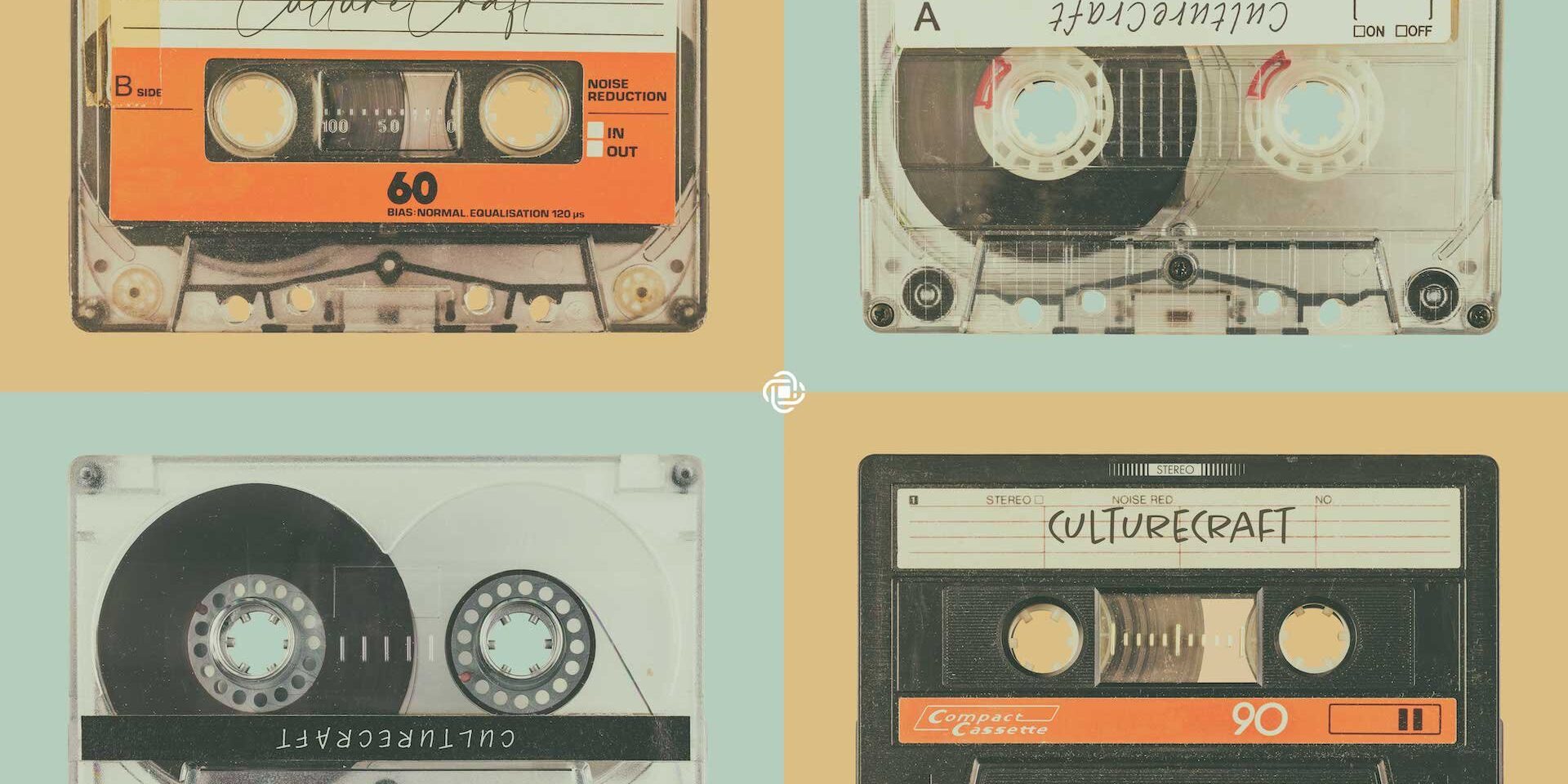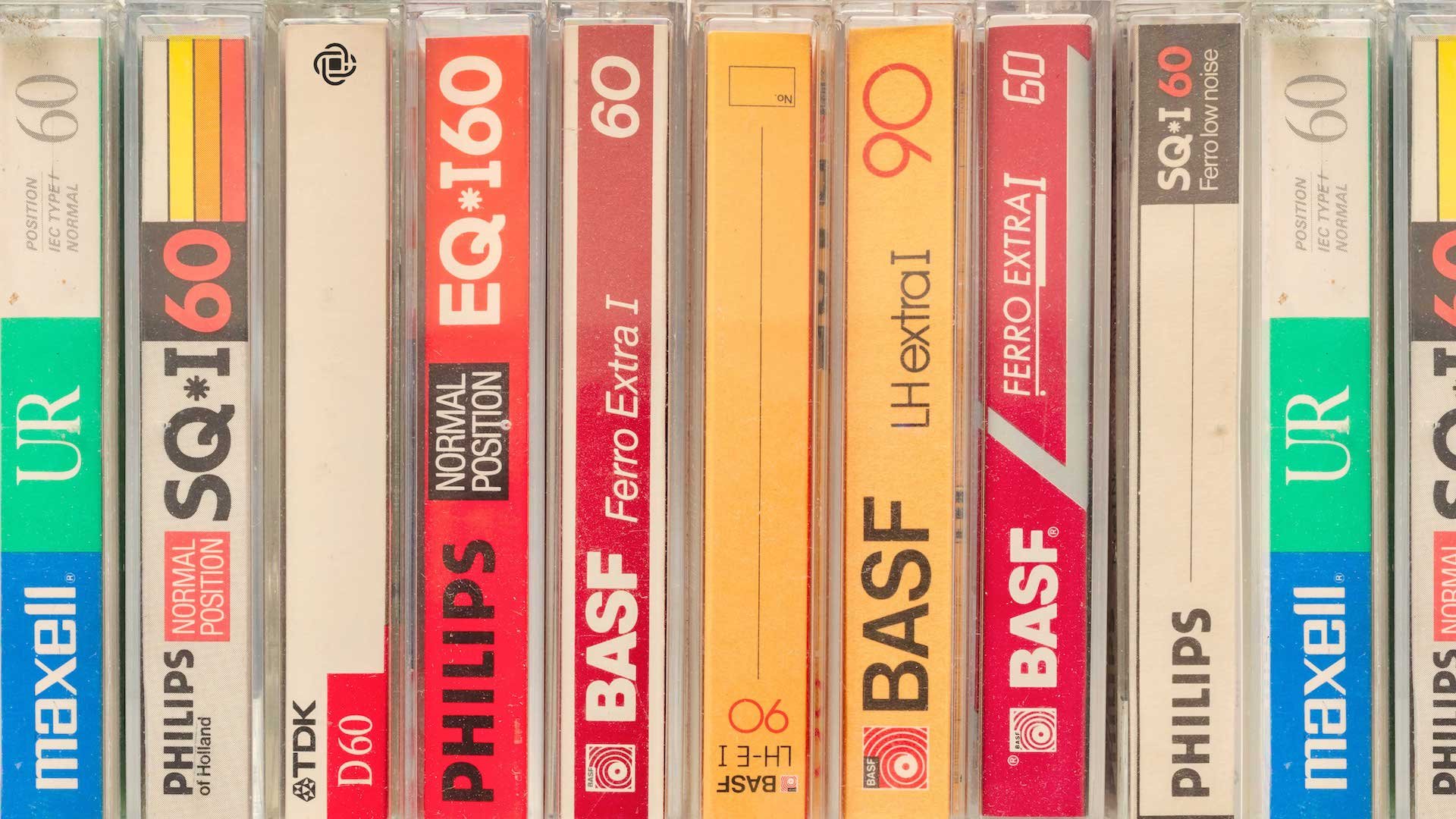6 of Marketing’s Oldest Tools Are Making a Comeback
Ahh, the past. If there’s something that we as leaders, consumers, and human beings really have a more complicated relationship with, then drop me a comment and let’s start a debate.
Seriously, is there anything better and simultaneously worst than the past? Here’s an example:
Remember you in college? Ahh, the friendships, the parties, the feeling of being unstoppable and potential-laden? Sooo good.
Now, remember the clothes you wore back then? The way you styled your hair? The car you drove? Who you were dating or had a crush on? Yeesh.
To say that we have a complex relationship with the past is an understatement. That’s why when we write something like “marketing’s oldest tools are making a comeback” we understand that for some there’s a sudden rush of excitement and for others an aggressive eye-roll.
But we need to make a distinction. What prompts the eye-roll is not the past – it’s nostalgia. Nostalgia attempts to transport the past to the present, untouched and unchanged. It’s a slice of yesteryear, undiluted or influenced by a very real, and very different “now.”
Nostalgia is not what we’re talking about here. What we ARE talking about, is that we’ve observed the resurgence of some of marketing’s oldest and most beloved tools. Its greatest hits.
These 6 marketing tools have received a facelift in the past months and years and are gaining traction again – in their newly minted, “now” states.
The reason for their re-found effectiveness is quite simply an emerging economy; a post-COVID need for what we coined Mercantile Marketing a few months back. Following the last cookie and click-baited 20 years of consumerism, buyers have returned to a need for authentic, relationship-based interactions with brands.
It turns out there wasn’t much authentic or relationship-y about click funnels and automated emails.
You know what did turn out to be authentic and relationship-building? The 6 tools below.
Hand-Written Notes (1930s)
Your handwritten name on a piece of stationary, an envelope, a photograph, a signature line. Could there be a more personal touch?
We’re not saying that if you’re direct-mailing 30,000 pieces of promotion you should be hand signing\writing each one. (Spoiler: there’s going to be more on direct mail below.)
What we are saying is that for those wanting to cultivate a personal touch with a potential client, there’s little as relational as a handwritten message that simply says, “Just wanted to drop a note to say thanks for the opportunity to get to know you.” Or, “Just wanted you to know how much I appreciate you and your business.”
These both communicate: I’m excited about you. I value you. I thought of you and…
We at CultureCraft get a little flutter in our hearts whenever a client sends something personal our way. If it works on us, it will work on your clients too.
Billboards (1950s)
Many in the 1950s believed that the advent of the highway system would demolish the billboard boom that had risen from the turn of the century.
But then the opposite happened. Brands and their advertising agencies began to strategically place billboards where they knew they would have maximum impact on commuters journeying to and from home.
Today, billboards are one of the quickest and most impressionable ways to capture attention. They’re a bad place for a CTA, but a great place to communicate that you understand what’s most important to your brand: your customer and their needs\wants.
The two things that ruin a billboard? A lack of clarity and wit. Nothing bores faster than a giant sign, that isn’t interesting, funny, or clear.
Use billboards to convey a simple, clear, and engaging message that emphasizes the truth about your brand, product, or customer. Billboards are back and better than ever.
TV Commercials (1960s)
TV Commercials exploded onto the scene in the ’60s with the advent of TVs that were permanently parked in front of the dinner table or the living room couch.
Since then, they’ve experienced a number of evolutions. While some continue to utilize the storytelling methods native to their medium – moving picture and sound – others try to capitalize on trivialities like celebrity power. The spate of commercials from the most recent Super Bowl comes to mind.
Commercials are expensive to produce. But thanks to the advent of the internet, TVs are no longer the only place to run them. Everywhere from streaming platforms to social media apps have space and advertising opportunities for brands to create stories and spots that capture audiences and imaginations.
Direct Mail (1970s)
We’ve all cringed when opening our mailboxes to find them stuffed to the gills with direct mail promotions that we didn’t ask for.
Direct mail had a boon in the 1970s (who didn’t like getting mail?) Memberships, coupons, and other precursors to our modern subscription services experienced a long and prosperous run. And then those offers and services moved online, and what was left over in our mailboxes (which also eventually happened to our inboxes) was mostly garbage.
And now it’s still mostly garbage.
Except for a handful of brands who have figured out that providing something of VALUE through the mail, something you can’t get anywhere else, means that consumers will keep a look out for their envelopes and branding when they open up their mailboxes.
An example: Victoria’s Secret – which ships a coupon for a free pair of underwear once a quarter to large swaths of people both in their mailing list and as general direct mail.
The big takeaway: people love something valuable for free. If it comes through the mail, they’ll look forward to getting it.
Talk Radio (1980s)
While many of us might feel mixed emotions when we think of talk radio now, the truth is that it lives on in one of the most popular mediums of the millennial generation: Podcasts.
From NPR to PRX to independent producers, podcasts have taken up the mantle of talk radio and created more audiences than simple AM\FM bandwidth ever could have.
The digital distribution and access to podcasts means that a well-produced, well-promoted podcast can gain a listenership quickly and create demand within its audience.
The keys here are the phrases well-produced and well-promoted. Unless you’ve got star power to balance out poor production, true expertise needs to be audible in both content and production quality in order to truly gain a following.
Much like with movies and television, audiences are savvy to low-quality shows, and ones that feign expertise they don’t really have.
Make it smart. Make it well. Make it on the radio (podcast).
Email Newsletters (1990s)
Email is the seemingly perfect distribution channel. It’s personal, accessible from just about anywhere, and constitutes a direct line to the audience who has SIGNED UP to receive what you’re sending them. It’s not unsolicited. It’s requested.
But slowly and surely over the last 20 years, email inboxes (just like real mailboxes) became filled with trash. Promotions and events, last-chance 30% off deals for the fifth week in a row, and so forth. Making matters worse, data-selling and leaks meant that now consumers WERE receiving newsletters, emails, and promotions unsolicited.
Nothing turns a customer off faster than getting garbage they never asked for.
But now, with new privacy features and updated servers, email newsletters are making a resurgence in a couple of primary areas. The first is in daily newsletters that provide quick content, news, insight, or recommendations for other content or opportunities. Newsletters like Elevator, Morning Brew, and The Skimm fit neatly into this category.
The second kind of newsletter – the one you’re reading now – is the one that provides next-level insight or curated content to be enjoyed, considered, and inspired by. They promote long-form change and action, not merely entertainment.
Newsletters that fit into these two categories find audiences who are interested in the brand’s taste and insights, and which deliver quality material that never feels like junk.
Can your newsletter say the same?
The Old Ways Are Best
As a brand agency, we understand that culture only moves in one direction – FORWARD.
But we’re constantly looking for ways to connect our clients with their clientele – especially in places where both the customer’s demand and attention live.
In the case of these 6 tools above, the right and consistent application of each updated one has found a home in the hearts, minds, and wallets of consumers.
Will one work for you? All of them? How will you know?
That’s a question for your Brand Agency to answer.
Hi.
It’s nice to finally meet you.



